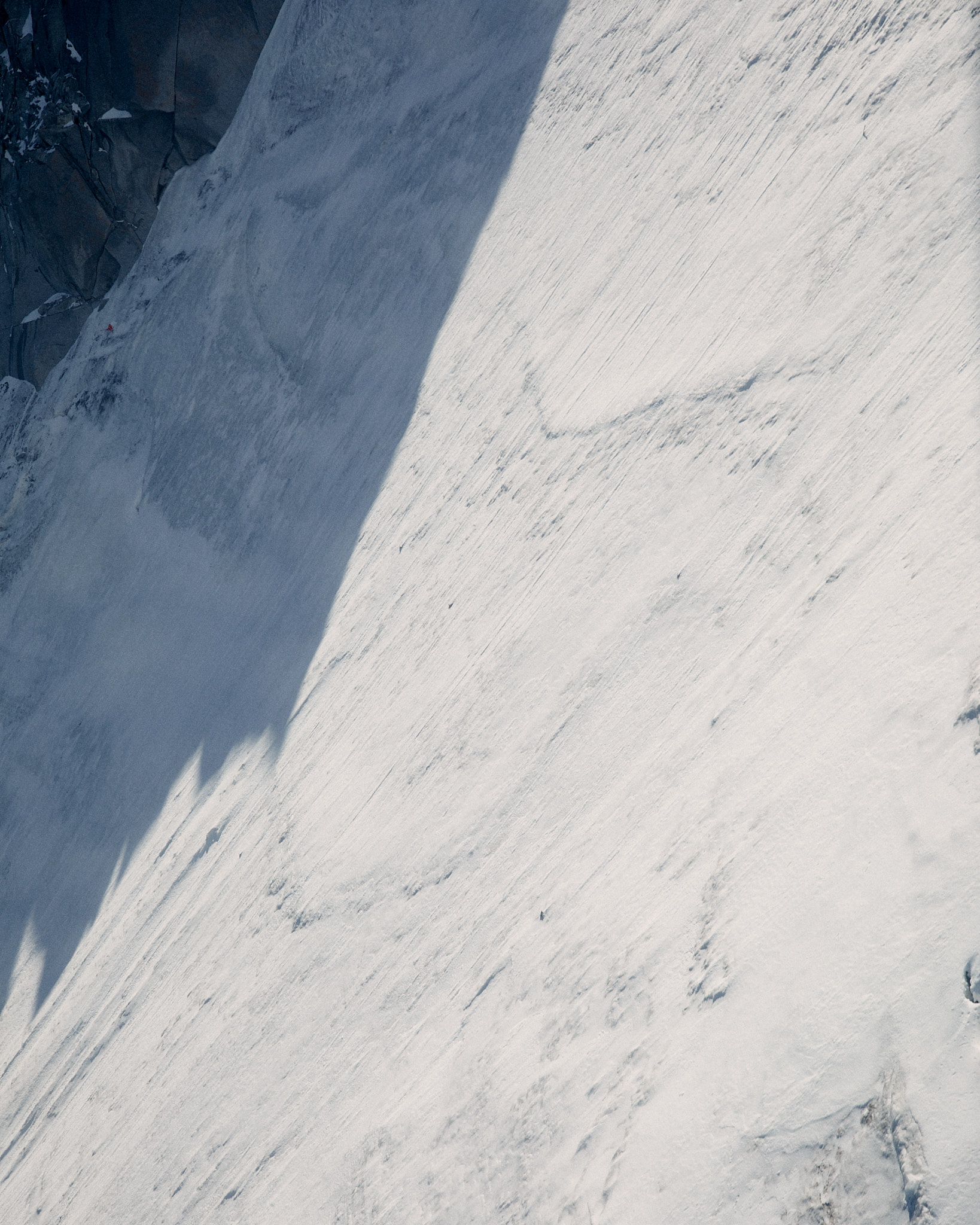


















Chamonix, a cornerstone of European mountaineering for over two centuries, sits at the foot of Mont Blanc, France's tallest mountain, and the Mer de Glace, the country's largest glacier. Drawing over 5 million visitors annually, the town now finds itself at the frontline of visible climate change. The Mer de Glace glacier and the mountain permafrost are critical components of a fragile ecosystem. Historically, the glacier stabilized the permafrost, which holds the mountains together. However, rising temperatures have disrupted this balance, leading to less ice and snow to protect the permafrost. As a result, the thawing permafrost is causing more rockfalls and instability, creating significant challenges for climbers and guides.
Since 1900, the Mer de Glace has lost about a third of its volume. A new gondola, completed in 2024, extends 600 meters up the mountain to reach the ice, but this solution is only expected to last ten years before the glacier retreats further. As both a witness and participant in these changes, Chamonix must navigate its future by balancing tourism with sustainable practices amid a rapidly changing environment.